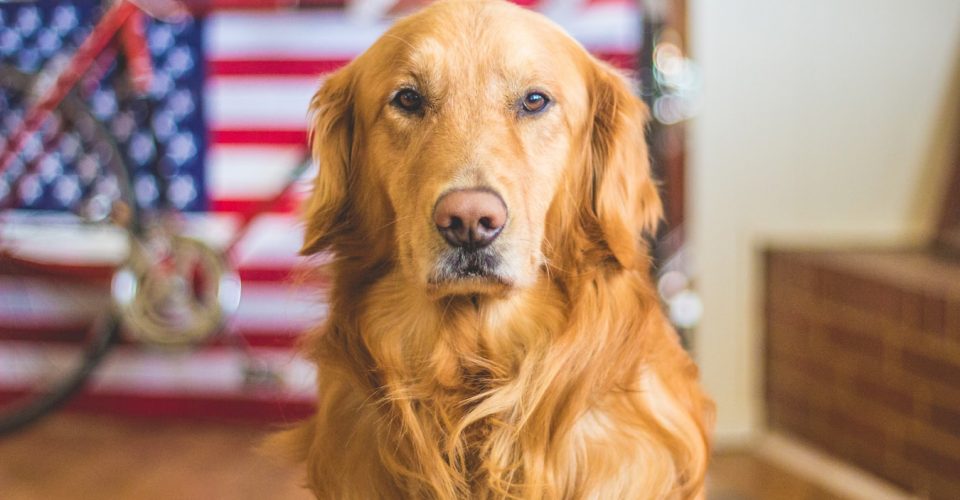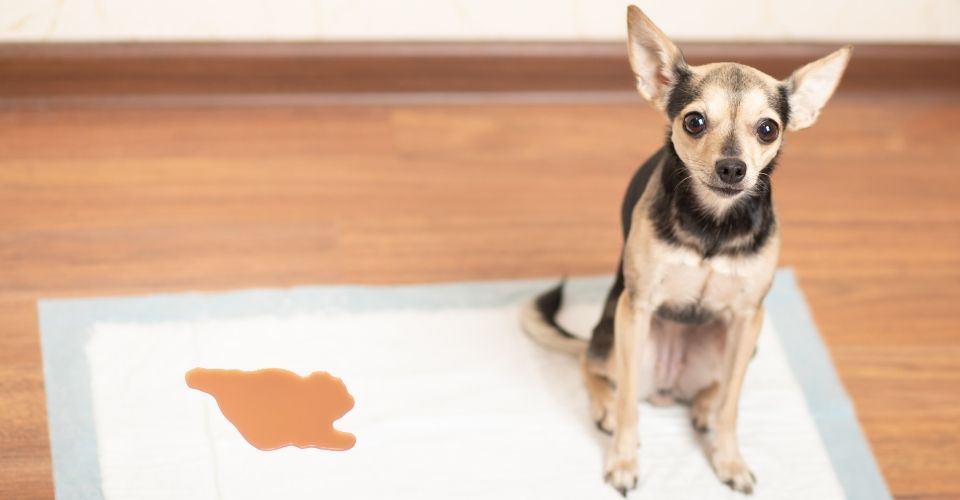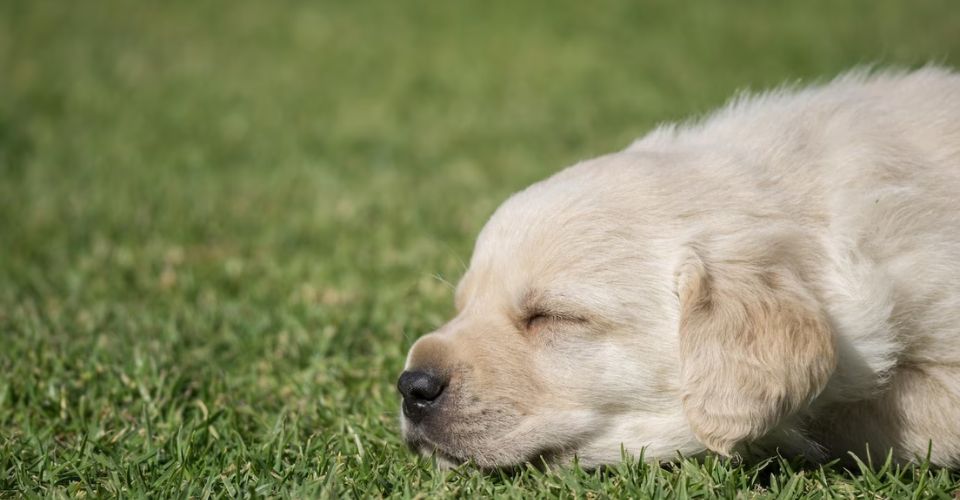While playing with your dog what was your reaction when you noticed that its nose color has changed? Got anxious, right? This happens to a lot of people daily. Owners ought to know what a dog’s normal nose decolorization is and what it isn’t and how it differs from critical changes in their dogs’ Pigmentation. That is what we discuss in this blog post. This short guide explains all the details related to the dog’s nose changing color.
Why is a dog’s nose changing color?
The first and foremost thing that you need to know is, what is actually happening to your dog. Dogs are generally born with black noses, but some are prone to develop a color change depending on various factors.
If it’s temporary, it may be a non-critical condition which is called a “snow nose” and often happens because of a change in the temperature. However, if it stays for a longer period of time accompanied by other symptoms that we will discuss, you need to contact your vet.
a) Snow nose in dogs

Snow nose occurs when a dog’s nose lightens from a dark shade to a light shade of pink or brown. As the temperature gets lower and the seasons change, an enzyme called “tyrosinase” which renders “melanin” also decreases. This results in a change in the nose color (Melanin is a natural skin pigment responsible for coloring). If this happens, a dark nose will lighten or even become speckled with pink.
Given your dog’s nose color change, and taking the winter season into account, it should grow back to its regular color once warm weather returns. Labrador Retrievers, German Shepherds, and Golden Retrievers are examples of breeds that are more prone to snow noses.
b) Age can also affect your dog’s nose color
- Sometimes the nose of older dogs can change in appearance. They can lose a certain amount of pigment that makes them lighter in color.
- The Tyrosinase enzyme is likely responsible for depigmentation with age.
- Dog’s nose can also develop a medical condition called hyperkeratosis in which the nose becomes dry and can crack.
In most cases, it’s a mild cosmetic change only in which the dog’s nose color changes. If it gets severe, it could be painful for dogs and their noses may start to bleed. In such cases, surgery is one option you need to consider. Your vet would advise you more on this.
c) Chemical reactions because of dog’s water dish
In rare cases, the reason behind a dog’s nose color change may be its water dish. The water dish, made from plastic, has been known to cause issues with dogs’ noses from time to time.
This condition is called Plastic Dish Nasal Dermatitis. Plastic dish materials contain “p-benzyl hydroquinone” which is normally used in bleaches and skin lighteners. When your dog’s water bowl isn’t changed for a very long time, its materials start to dissolve into the water that your dog has been drinking. Your dog’s nose gets in touch with that skin lightener, changing the color of the nose.
d) Vitiligo in Dogs
- In simple terms, “Vitiligo is a disease that causes loss of skin color in patches. The discolored areas usually get bigger with time.”
- This is common in both humans and dogs. As a result of this, the dog’s nose can change colors in patches.
- Generally, it is considered to be an autoimmune disorder, so it’s best to seek possible treatment options from your vet.
e) Immune Disorders can lead to a dog’s nose decolorization
In some cases, a change in a dog’s nose colors could be a symptom of some other diseases.
In this form of skin disease, the dog’s immune system attacks the connections between its own skin cells. The symptoms of this disease are changes in color around the dog’s nose and ears. This disease is common in the Akita and Chow Chow breed.
This is a genetic disorder, in which the compounds that produce melanin (skin color pigment) are attacked by the immune system resulting in the change in a dog’s nose color. Siberian Huskies, Australian Shepherds, Akitas, and Samoyeds are often affected by this genetic disorder.
f) Skin Issues can also lead to dog nose changing color
- Several skin issues can also lead to changes in nose color. Injuries, scrapes, and cuts can result in scabs and crusty skin, which is followed by changes in skin color as the injury heals.
- Sunburns or other physical mishaps, a dog rubbing his nose, etc. can lead to a change in nose color as well.
- Similarly, allergies, infections, and flu can also lead to nose decolorization in dogs.
g) Change in a dog’s nose color can be a symptom of cancer
Calm down! This is just to inform you that there is a possibility but it’s quite rare. Skin Cancer attacks the body of a dog internally which results in physical changes over time.
Symptoms of cancer are sometimes first noticed on your dog’s nose because it is one of the most visible parts of their body.
h) Nasal Tumors and dog’s nose decolorization
Nasal tumors can develop inside your dog’s nose. Dogs who spend a lot of time outside are frequently exposed to UV radiation, increasing their risks of suffering from nasal tumors. It’s most prevalent in dogs with light coats.
When you shouldn’t worry about the change in a dog’s nose color?
Your dog’s nose decolorization is normal if there is a slight
- Dryness
- Scaling
- Cracking
You can also notice that if your dog is eating well, playing, and isn’t tired or sick, then this is a normal snow nose and you can ignore it.
When you should worry about the change in your dog’s nose color?
The red flags that you should not ignore at all are if your dog’s nose has
- Totally smooth and shiny texture
- Cracked, extremely dry nose
- Raw skin that comes off the nose
- Crusts and scraping
- spiky and hard keratin
- Bleeding
- Open sores
- Mucus or any other liquid coming out
What can you do about a dog’s nose changing color?
The Do’s
- If the symptoms are normal and there is just some dryness on the skin, vets recommend using edible oils to moisten the skin. You can use fish oils, olive oils, etc.
- Change your dog’s water dish from time to time.
- The most important thing is to keep in touch with a veterinarian. Tell your vet about all the symptoms even if they are mild.
- Get your dog’s medical check-up every six months at least.
The Don’ts
- Do not use Vaseline or other moisturizers because dogs lick their nose more often and these chemicals can harm them.
- Do not use lotions that contain alcohol.
- Do not ignore the symptoms.
- Do not go for the home remedies without the vet’s advice.
Change in a dog’s nose color can be normal as well as dangerous, depending upon other symptoms. It is advised to understand all the possible reasons behind any kind of change in a dog’s appearance to keep your dog away from any kind of serious troubles.
If you want to know more about all things canine, stay in the know with our Keeping Dog section about your dog training, care, and wellbeing. Subscribe to our newsletter and be the first one to receive the latest updates, experts’ advice, and dog parents’ experiences with their buddies.





